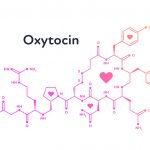Prolozone
Regenerative Medicine
Fred G. Arnold, DC, NMD
Prolozone therapy shall be the second in our series of discussions about regenerative joint injection procedures. Prolozone is another misunderstood and often-overlooked treatment for painful musculoskeletal conditions.
In the 1970s, Dr Alexander Balkany used ozone injections to treat tendon and muscle pain in Zurich, Switzerland.1 However, the use of ozone injection in the United States is credited to Frank Shallenberger, MD. He is a former emergency room doctor who turned to alternative and homeopathic treatments to help his patients.
According to Dr Shallenberger, Prolozone is a technique that marries concepts from Neural Therapy, Prolotherapy, and Ozone Therapy. It involves injecting a combination of procaine, anti-inflammatory medications/homeopathics, vitamins, minerals, proliferatives, and a mixture of ozone/oxygen gas into degenerated or injured joints and areas of pain.2 Dr Shallenberger currently runs the Nevada Center of Alternative and Anti-Aging Medicine, in Carson City, NV. He learned about ozone on a trip to Germany in the early 1980s, and developed Prolozone in the 1990s.1,3
More than 26 000 practitioners use ozone in 31 countries, including Spain, Italy, Germany, Russia, Cuba, and China. An increasing number of doctors in North America are also now utilizing Prolozone in their practice.1
Oxygen Utilization & Chronic Pain
According to Dr Shallenberger, chronic pain occurs in areas of the body that contain ligaments, cartilage, or articular surfaces in areas that naturally have only one-tenth the circulation (and therefore oxygen utilization) that is present in other connective tissues. Oxygen utilization simply refers to how efficiently a cell is converting oxygen to energy. According to Dr Shallenberger, “Decreased oxygen utilization is at the root of all chronic disease and is also the fundamental cause of chronic pain and tissue degeneration.” Aging further decreases both circulation and oxygen utilization, which is why most chronic pain patients are older.2,3
Ozone stimulates oxygen utilization by oxidizing NADH to NAD (nicotinamide adenine dinucleotide). As oxygen utilization decreases as a result of trauma or aging, the ratio of NAD to NADH also decreases. The reduced cellular NAD/NADH ratio results in a slowdown of all cellular function. Ozone acts to correct the declining NAD/NADH ratio, restore cellular function, and improve oxygen utilization.2 With improved oxygen utilization, tissues heal, circulation improves, pain is reduced, and normal function is restored.
Trauma from injuries and prolonged wear and tear also produces localized edema and inflammation that further decreases circulation and oxygen utilization. This decreased circulation and inflammation results in a localized acidosis; the concomitant formation of lactic acid also causes chronic pain.3 Ozone acts to reduce both lactic acid and pain.
What is Ozone?
Ozone (O3) is a naturally occurring, highly reactive molecule consisting of 3 atoms of oxygen (Figure 1). In the office, ozone is produced when oxygen is exposed to an electric spark in an ozone generator. In a clinical setting, the concentration of ozone in the final oxygen-ozone gas mixture is between 1% and 3%.2 The application of Prolozone shall refer to this oxygen-ozone mixture.
Figure 1. Ozone
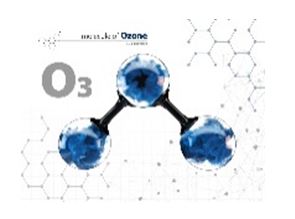
Prolozone
How Does Prolozone Work?
Prolozone facilitates tissue repair and regeneration by improving oxygen utilization in a localized area of damaged connective tissue, thereby facilitating healing and the restoration of full function.2 As an oxidizing agent, ozone stimulates growth-factor production and release, activates membrane receptors, and mediates the effects of various growth factors. Improving the NAD/NADH ratio stimulates circulating fibroblasts to repair damaged tissue.2 These cells synthesize the collagen and cartilage that the body needs to strengthen and tighten the injured tissues; this in turn stabilizes the area, removing the cause of the pain. The result is that the tissues get what they need to heal, circulation to the area is reestablished, and the sensation of pain is eliminated.
What Can Prolozone Treat?
Dr Shallenberger cites a number of different conditions that have been found to be very responsive to Prolozone (Table 1).2
Table 1. Common Conditions Responsive to Prolozone
| Carpal tunnel syndrome | Degenerative & arthritic knees | Plantar fasciitis |
| Chronic back pain | Dental injections | Post-operative pain |
| Chronic neck pain | Heel spurs | Rotator cuff injuries |
| Degenerated discs | Neuromas | Sciatica |
| Degenerative & arthritic ankles | Non-union fractures | Tennis elbow |
| Degenerative & arthritic hips | Pelvic disorders | TMJ |
Prolozone Studies
Various case series have been published documenting the analgesic effect of ozone in osteoarthritis. Because Prolozone is practiced more in other countries than in the United States, most of the research studies on the technique have been well documented by researchers in other countries:
- Researchers from Paulista School of Medicine, at Sao Paulo Federal University in Brazil, separated 98 patients with painful osteoarthritis into 2 groups for 8 weeks; one group received an ozone gas mixture, and the other group received placebo. Neither the patients nor the doctors knew who was getting what. On every scale of pain and mobility that was measured, the outcomes were dramatically better in the treatment group, prompting the research team to conclude that ozone “reduced osteoarthritis-associated pain, improved joint function, and enhanced quality of life of patients with knee osteoarthritis”.4
- Italian researchers documented the benefits of ozone injections for painful disc herniations. In a 2016 retrospective study, 96 patients presenting with low back pain had followed standard medical drug treatment for at least 2 years, and declined surgery. The study “document[ed] how ozone therapy for slipped disks ‘unchanged over time’ solved the problem, disk disruption or a significant reduction in the size of the prolapsed disk material extruded into the spinal canal.”5
- Intradiscal ozone injections for lumbar disc herniation have shown benefits in Turkey. Sixty-three patients were evaluated over a 2-year period after receiving a 10 cc intradiscal injection of ozone/oxygen mixture under fluoroscopic guidance. As the investigators noted, “Intradiscal ozone therapy was determined to provide improved outcomes in patients with single level of bulging and protrusion.”6
Prolozone Solution
Ozone may be injected by itself or in conjunction with a Prolozone solution. There appears to be many different Prolozone solutions, depending on who is teaching the Prolozone course. With Dr Shallenberger’s different solutions, each component has a specific biological purpose. He has developed different solutions for different areas to be treated, as well as different sequences. Procaine, which is also used in Neural Therapy, acts to reestablish cellular membrane potentials. There are also different anti-inflammatory constituents designed to decrease edema and swelling, and vitamins and minerals provide substrates to promote healing and repair of the damaged tissues.2 The Prolozone solution is first injected, and then the ozone gas is administered through the same needle (Figures 2 and 3).
Figure 2. Prolozone Solution Injection
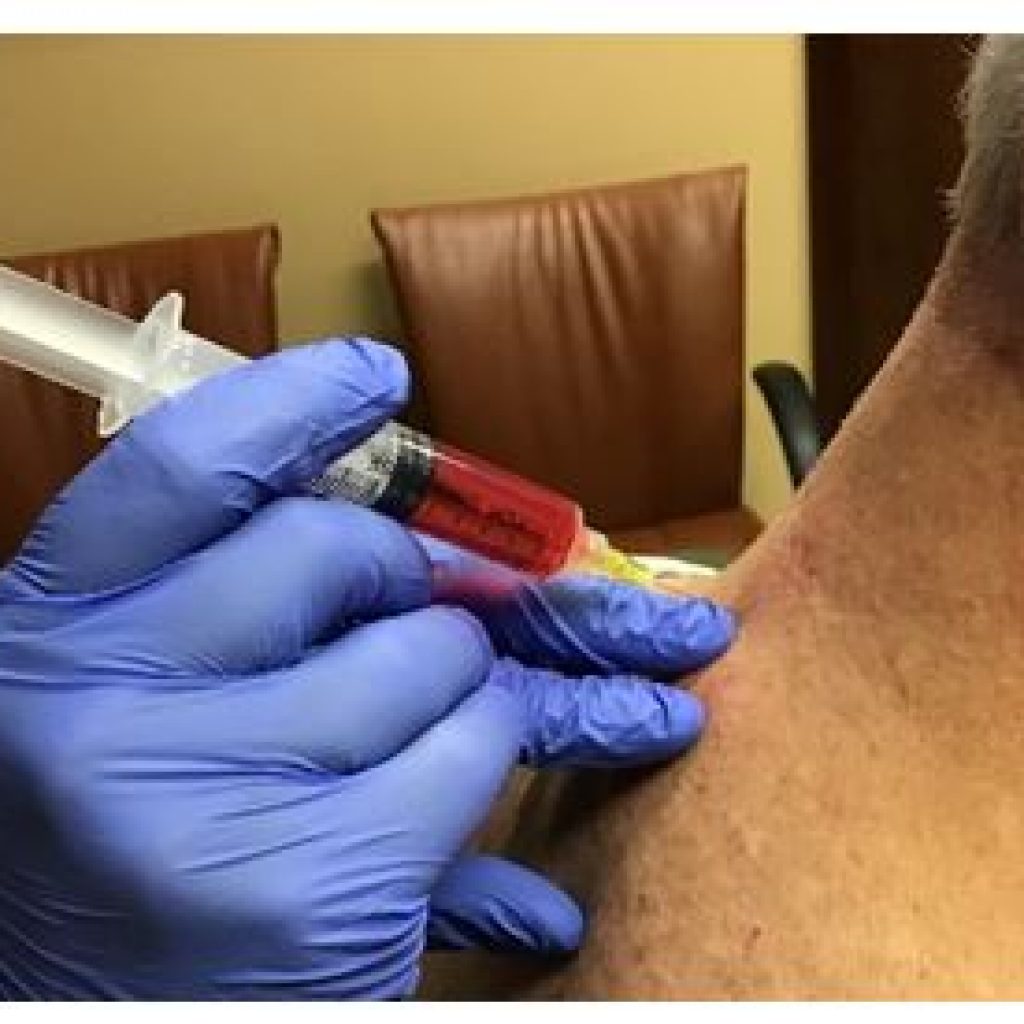
Figure 3. Ozone Gas Injection
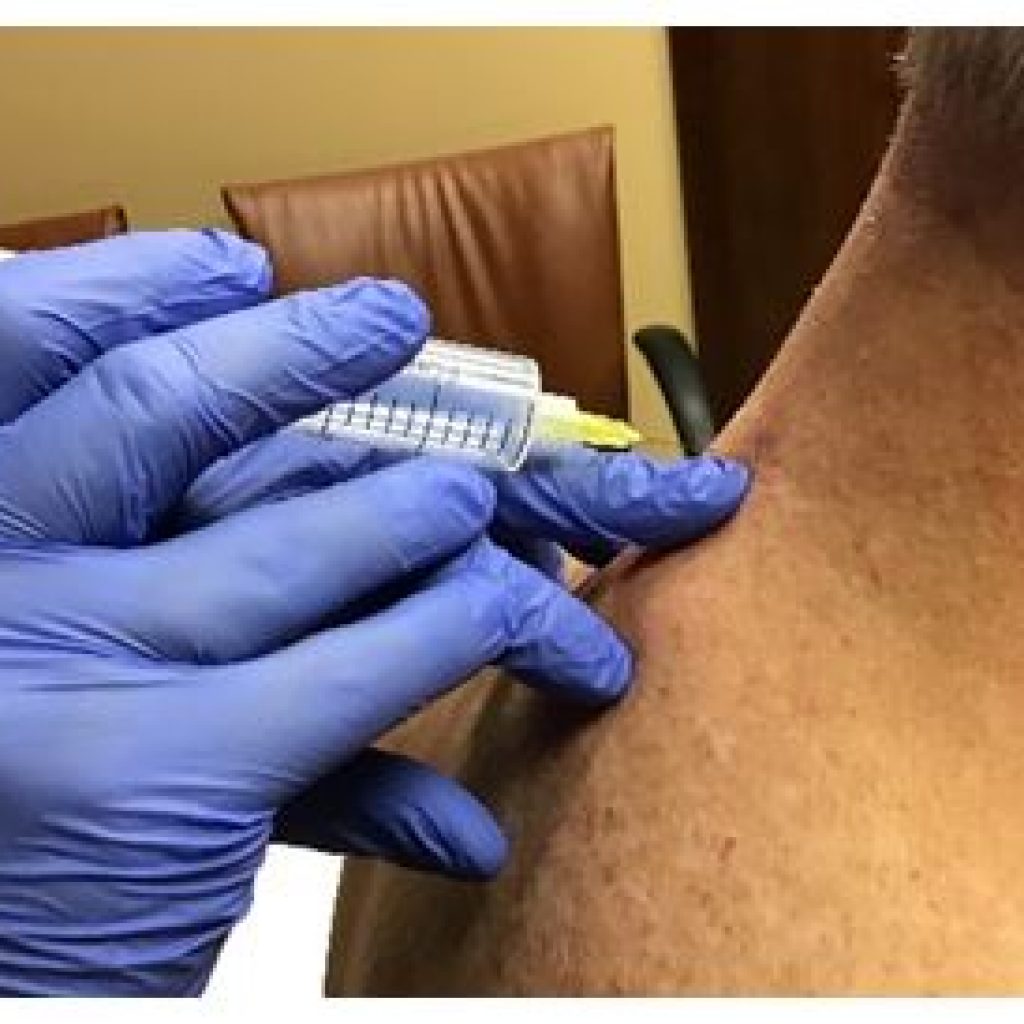
Patient Selection, Evaluation, & Safety
As with any regenerative joint procedure, Prolozone is not a cure for all painful musculoskeletal conditions. Each patient must be evaluated on an individual basis with a through history, physical exam with relevant orthopedic tests, and diagnostic testing. This testing may include X-rays, MRIs, ultrasound evaluation, and full laboratory work-up before treatment.
Prolozone is a very safe procedure when performed by a trained practitioner. Although there may be temporary discomfort at the injection site, according to Dr Shallenberger, “no significant side effects from Prolozone have ever been demonstrated. Other than the possibility of an allergy to one of the liquid components, there are no contraindications to its use.”2
Case History
The following is a case of neck, left shoulder, and left arm pain, with numbness and weakness of the arm and hand.
- Patient: A 69-year-old male patient presented with pain in the cervical spine that radiated to the left shoulder, along with pain, numbness, and weakness of the left arm and hand. He worked as a physical trainer and was assisting a client with his exercises when he felt pain in his neck, shoulder, and arm. He reported his pain as constant and his pain level as 6 out of 10 (10 being the worst).
- Examination: He had difficulty rotating his head in all ranges of motion, and was experiencing left arm pain. He had decreased grip strength in the left hand. Palpable tenderness was present in the cervical spine at C4-C7, with hypomobility of the lower cervical spine. Lack of sensation was found at the elbow, corresponding to the C8 dermatome. Muscle spasm was present in the cervical paraspinal musculature and middle trapezius.
- X-ray Examination: Cervical hypolordosis, with moderate-to-severe degenerative joint disease (DJD) C5-C6, C6-C7 (Figure 4).
Figure 4. Lateral Cervical X-ray
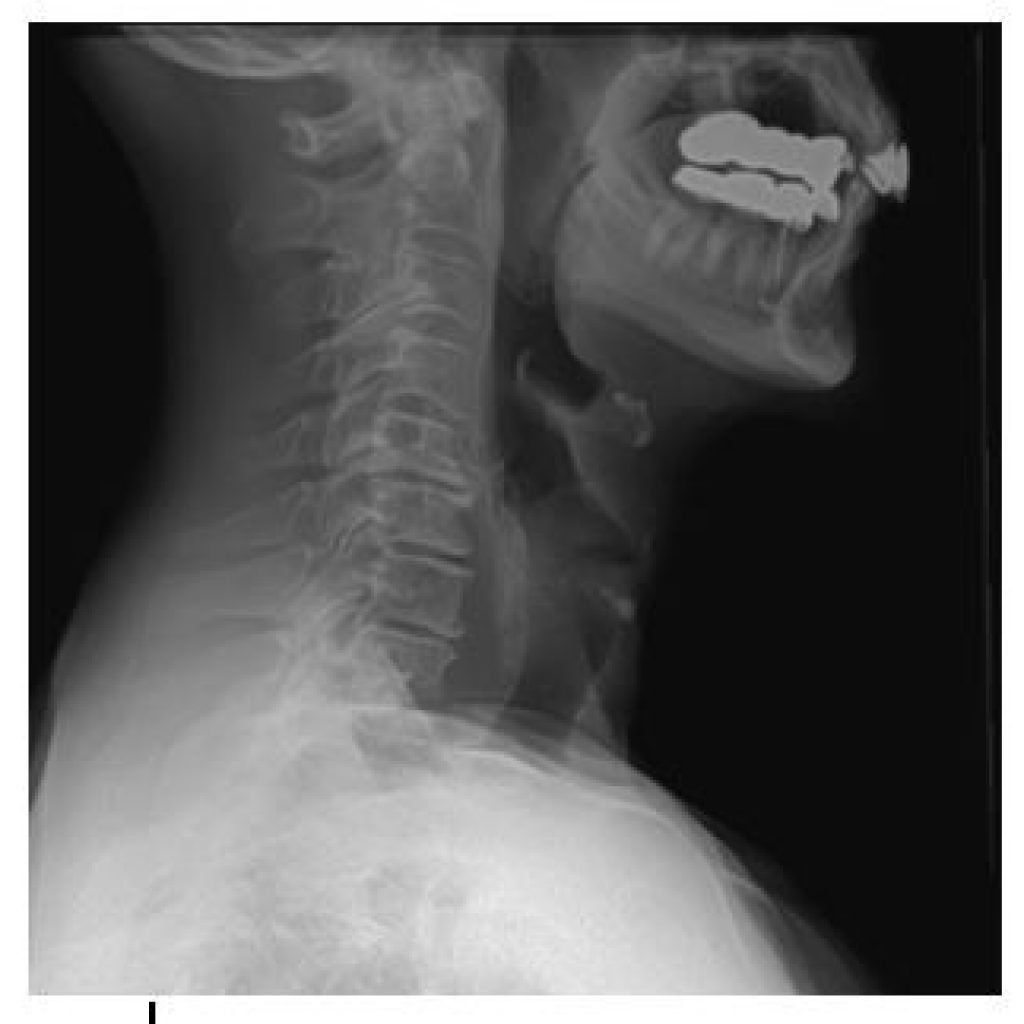
- MRI Examination: Moderate central spinal stenosis, neural foraminal narrowing at C5-C6, causing moderate deformity of the thecal sac and slight flattening of the ventral aspect of the spinal cord. Moderate bilateral foraminal narrowing, causing mild-to-moderate encroachment of the bilateral exiting nerve roots. Mild-to-moderate central spinal stenosis, bilateral neural foraminal narrowing involving C3-C4, C4-C5, C6-C7.
- Diagnosis: Moderate-to-severe DJD; cervical radiculopathy
- Treatment: Seven Prolozone injections were administered to the interspinous ligament space of C4-C5, C5-C6, C6-C7 over a 12-week period, at which point the patient reported resolution of all symptoms. Perineural injections were also administered to the posterior cervical paraspinal musculature at C4-T1, supraclavicular region, and medial left elbow.
Prolozone vs Steroids vs Prolotherapy
Studies have found that ozone injections provide superior results for pain, stiffness, and physical disability as compared with methylprednisolone (a steroid),7 but that there are no significant differences in pain relief or functional improvement when comparing Prolozone to Prolotherapy.8
Summary
Prolozone is a safe, natural, non-drug, non-surgical treatment that has the unique ability to directly address the cause of musculoskeletal pain by restoring proper oxygen utilization. Prolozone injections use a mixture of ozone-oxygen that improves the NAD/NADH ratio and stimulates fibroblast activity for the production of ligaments, tendons, and cartilage, which strengthens weakened connective tissue and promotes healing. Numerous conditions have shown benefit from Prolozone injections, and documented studies from around the world have demonstrated their effectiveness. The Prolozone solution varies depending upon who is teaching the course. Prolozone effectiveness is comparable to that of Prolotherapy but is more effective than corticosteroids. When the Prolozone solution is injected into the area of pain or injury, immediate pain relief can be experienced as a result of the anesthetic pain-relieving effects of procaine and the lactic acid-reducing effects of ozone. The practitioner should have an in-depth knowledge of anatomy and have taken the time to develop his or her palpation skills. There are now a number of different training opportunities available for the practitioner, including certification courses, in-office training, workshops, and distant learning. When Prolozone is provided by an experienced clinician, surgery is often not needed and the patient is able to reduce or discontinue their prescription pain medications.
References:
- McGovern C. Oxygen-ozone injection therapy: curing joint and back pain. What Doctors Don’t Tell You Magazine. October 2018;3(8):28-37. Available at: https://www.wddty.com/magazine/2018/october/oxygen-ozone-injection-therapy-curing-joint-and-back-pain.html. Accessed December 5, 2019.
- Shallenberger F. Prolozone™ – Regenerating Joints and Eliminating Pain. Journal of Prolotherapy. 2011;3(2):630-638. Available at: http://journalofprolotherapy.com/prolozone-regenerating-joints-and-eliminating-pain/. Accessed December 5, 2019.
- Shallenberger F. Principles and Applications of Ozone Therapy: A Practical Guideline for Physicians. Scotts Valley, CA: CreateSpace Independent Publishing; 2011: 87-88.
- Lopes de Jesus CC, Dos Santos FC, de Jesus LMOB, et al. Comparison between intra-articular ozone and placebo in the treatment of knee osteoarthritis: a randomized, double-blinded, placebo-controlled study. PLoS One. 2017;12(7):e0179185.
- Bonetti M, Zambello A, Leonardi M, Princiotta C. Herniated disks unchanged over time: Size reduced after oxygen-ozone therapy. Interv Neuroradiol. 2016;22(4):466-472.
- Ozcan S, Muz A, Yildiz Altun A, Onal SA. Intradiscal ozone therapy for lumbar disc herniation. Cell Mol Biol (Noisy-le-Grand). 2018;64(5):52-55.
- Mishra SK, Pramanik R, Das P, et al, Role of intra-articular ozone in osteo-arthritis of knee for functional and symptomatic improvement. Ind J Phys Med Rehabilit. 2013:22(2):65-69. Available at: http://www.ozonikdarman.com/english-article/ozone.pdf. Accessed December 5, 2019.
- Hashemi M, Jalili P, Mennati S, et al. The Effects of Prolotherapy with Hypertonic Dextrose Verus Prolozone (Intraarticular Ozone) in Patients with Knee Osteoarthritis. Anesth Pain Med. 2015;5(5):e27585.
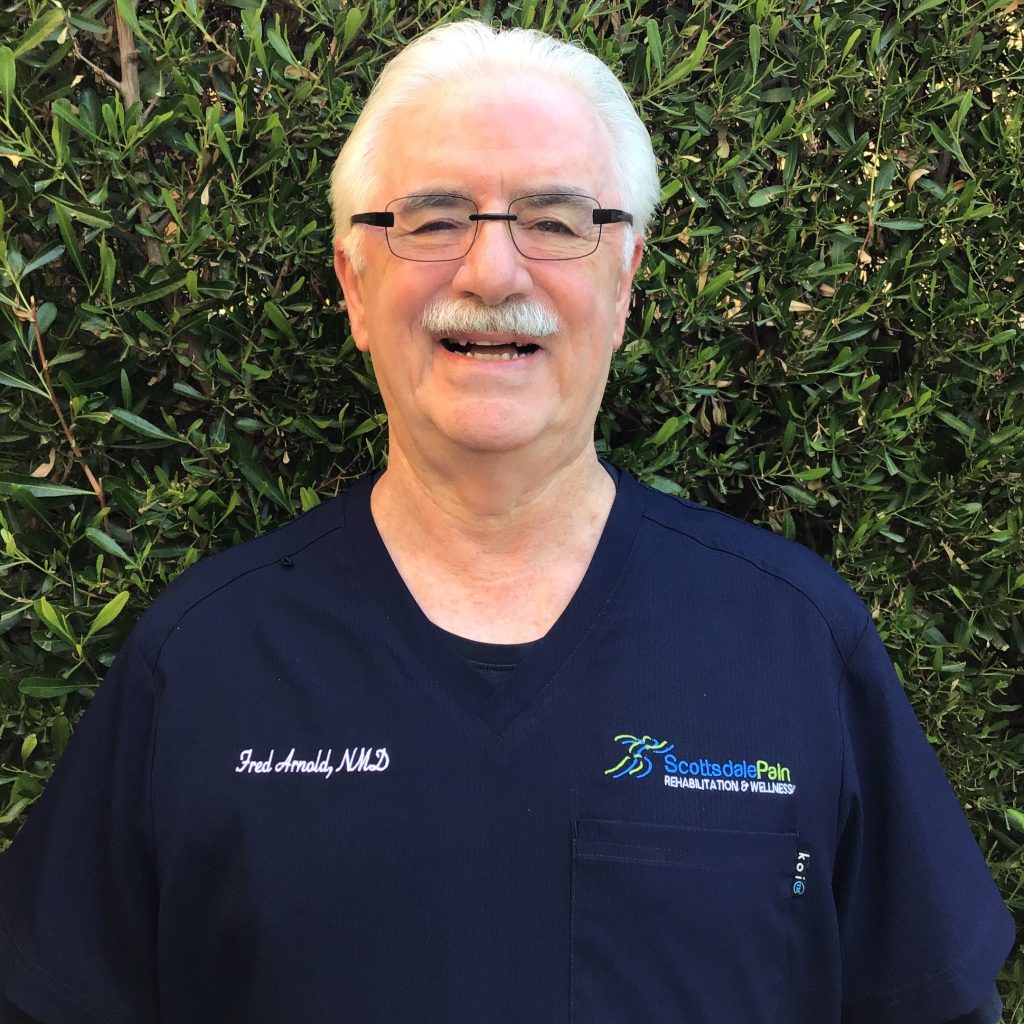
Fred G. Arnold, DC, NMD, graduated from Palmer College of Chiropractic in 1983 and from Southwest College of Naturopathic Medicine in 2006. Dr Arnold has over 29 years of clinical experience. He runs a private practice in Scottsdale, AZ (Scottsdale Pain Rehabilitation and Wellness), which specializes in regenerative joint injections. Dr Arnold is certified in Prolotherapy by the American Association of Orthopedic Medicine (AAOM). He is also a Fellow in both the Anti-Aging & Regenerative Medicine and the American Academy of Ozonotherapy (FAAOM).










